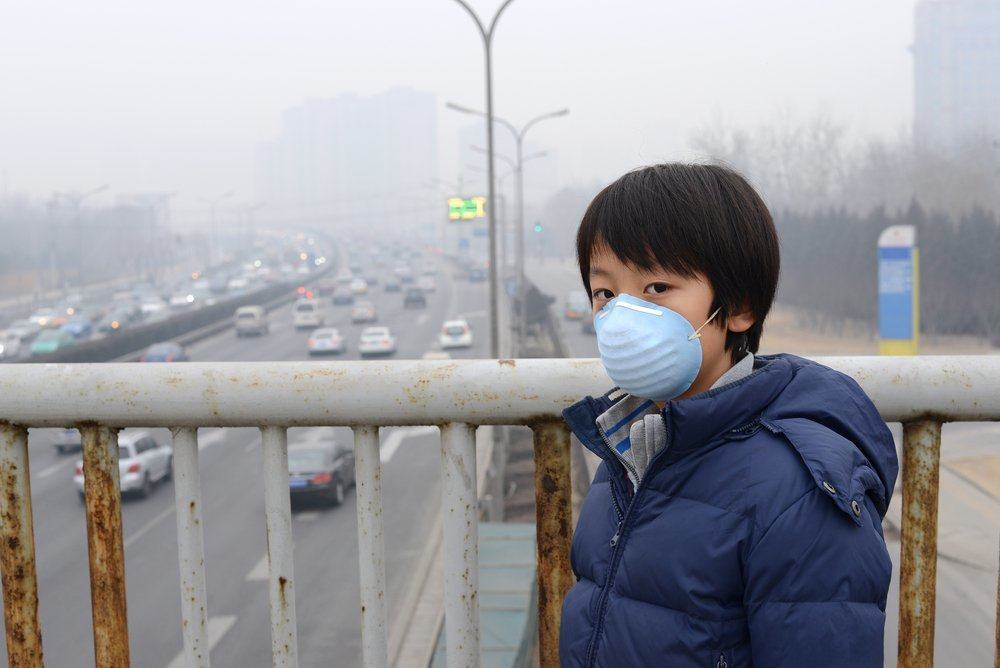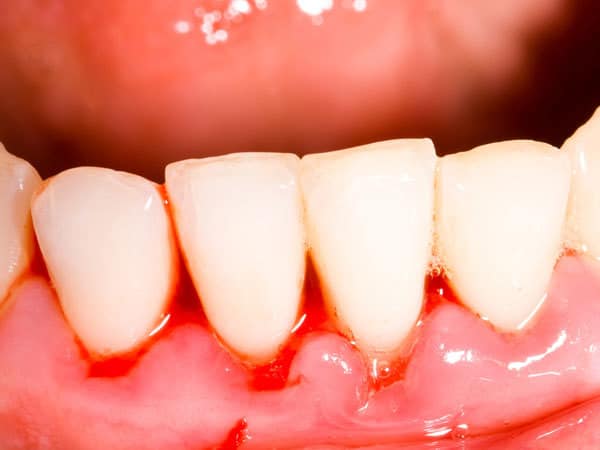Contents:
- Medical Video: Why is air pollution a problem?
- Impact of air pollution based on pollutants
- 1. Particulate (PM)
- 2. Ozone (O3)
- 3. Nitrogen dioxide (NO2)
- 4. Sulfur dioxide (SO2)
- 5. Carbon monoxide (CO)
Medical Video: Why is air pollution a problem?
Air pollution is a major problem of environmental health experienced by all residents of developed and developing countries. A study in 2013 by the WHO International Agency for Cancer Research (IARC) concluded that outdoor air pollution is a carcinogen for humans, especially for lung cancer. Outdoor air pollution in cities and rural areas is estimated to have caused premature death worldwide in 2012. So what are the effects of air pollution? Let's see the following.
Impact of air pollution based on pollutants
Air pollutants such as carbon monoxide (CO), sulfur dioxide (SO2), nitrogen oxides (NOx), volatile organic compounds (VOC), ozone (O3), heavy metals, and particulates have chemical composition, reaction properties, emissions, disintegration time, and different abilities to spread over long or short distances.
1. Particulate (PM)
The main components of PM are sulfate, nitrate, ammonia, sodium chloride, carbon black, mineral dust, and water. It consists of a complex mixture of solid and liquid particles from organic and inorganic materials which float in the air. The most health-damaging particles are particles measuring 10 microns or less, which can penetrate and land deep in the lungs.
There is a close relationship between exposure to small particulate height (≤10 PM) and increased mortality and pain, both day to day or from time to time. Conversely, when small and fine particulate concentrations decrease, the mortality rate will also decrease. Small pollution particles have a health impact, even at very low concentrations.
In developing countries, indoor exposure to pollutants from combustion of solid-fueled households, such as traditional stoves, can increase the risk of acute respiratory infections and death in young children. Indoor air pollution due to the use of solid fuels is also a major risk factor for heart disease, chronic obstructive pulmonary disease, and lung cancer in adults.
2. Ozone (O3)
Ozone at ground level is one of the main elements of photochemical smog. This is formed by the reaction of sunlight (photochemical reactions) with pollutants, such as nitrogen oxide (NOx) from vehicles and industry, and VOCs emitted by vehicles, solvents, and industry. As a result, the highest level of ozone pollution occurs during periods of sunny weather.
Excess ozone in the air can have an effect on human health. This can cause respiratory problems, trigger asthma, reduce lung function, and also cause lung disease. Currently in Europe, ozone is considered the most worrying air pollutant. Several studies in Europe have reported that the daily mortality rate increased by 0.3%, and heart disease by 0.4%, every 10 micrograms per cubic meter increase in ozone in the air.
3. Nitrogen dioxide (NO2)
At short-term concentrations that exceed 200 micrograms per cubic merter, nitrogen dioxide is considered a toxic gas that causes significant inflammation of the respiratory tract. NO2 is the main source of nitrate aerosols which form small fractions of particulates. The main source of NO2 anthropogenic emissions is the combustion process (heating, power generation, vehicle engines, and ships).
Epidemiological studies show that the symptoms of bronchitis in children who have asthma increase after long-term exposure to NO2. Reduction of lung function is also associated with NO2.
4. Sulfur dioxide (SO2)
SO2 is a colorless gas with a sharp odor. This is produced by burning fossil fuels (coal and oil), and fusing sulfur-containing mineral ore. Anthropogenic sources for SO2 are burning fossil fuels containing sulfur for domestic heating, power generation and motor vehicles.
SO2 can affect the respiratory system and lung function, and cause eye irritation. Inflammation of the respiratory tract causing coughing, mucus secretion, asthma, chronic bronchitis, and making people more susceptible to infections in the respiratory tract. Hospital patients for illness and death due to heart problems continue to increase when SO2 levels are high.
5. Carbon monoxide (CO)
This gas prevents the absorption of oxygen by the blood. This can cause a significant decrease in oxygen supply to the heart, especially in people who suffer from heart disease.
READ ALSO:
- Is it true that air pollution threatens children's mental health?
- Can Pollution Cause Stroke?
- 3 Major Dangers Caused by Vehicle Exhaust Smoke












